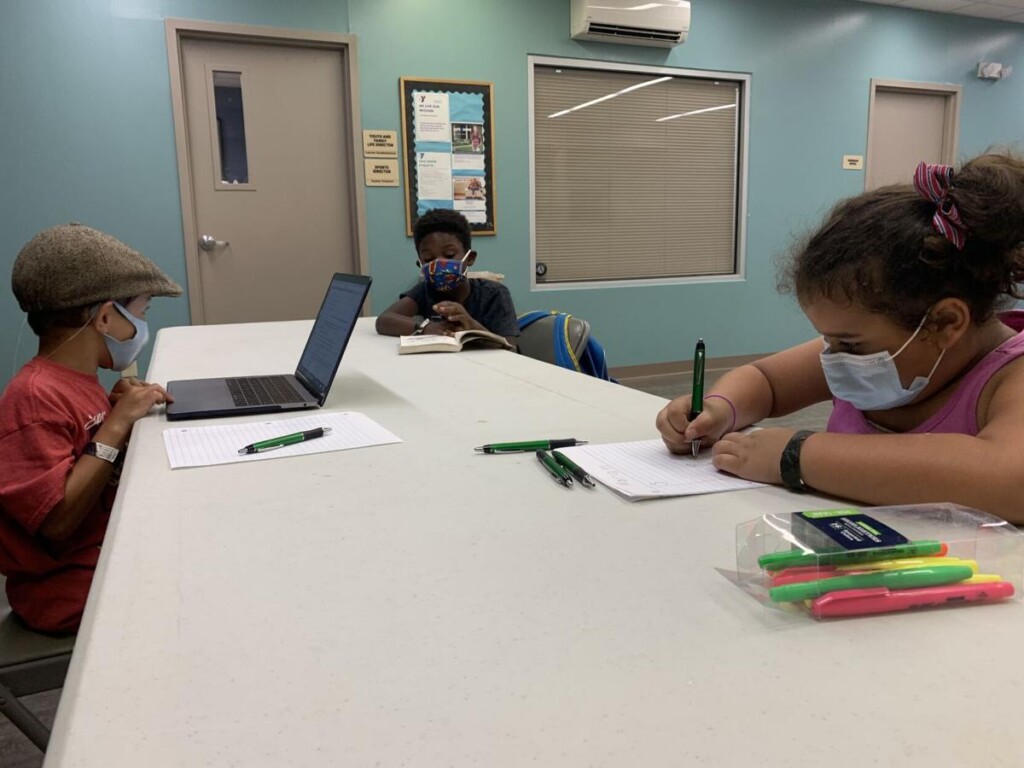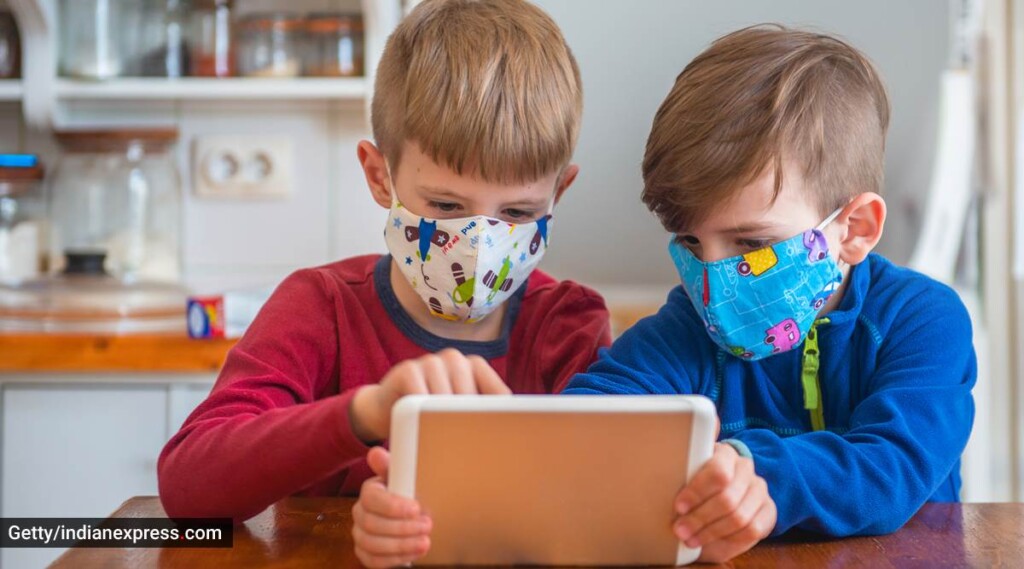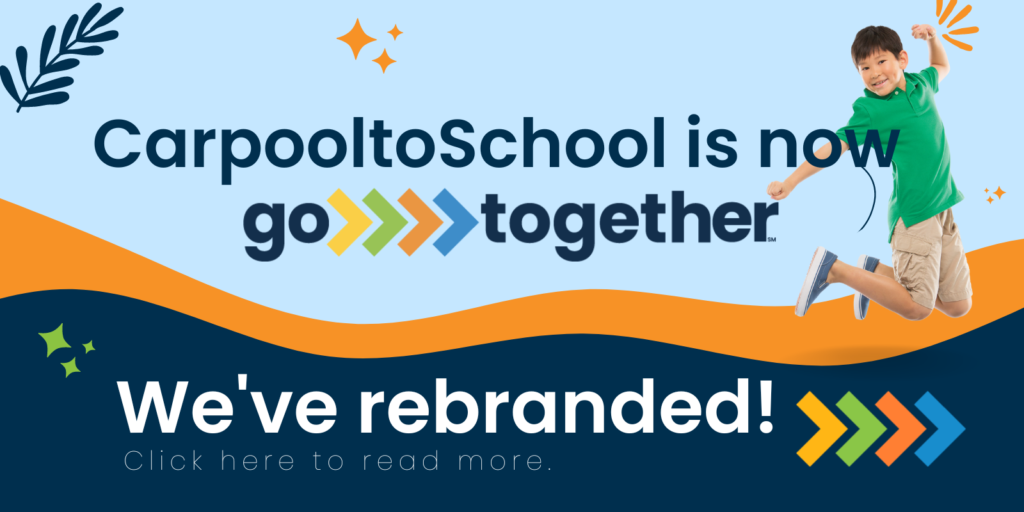On July 29th, the State Policy Network reported that “only 1/3 of parents polled said they were comfortable sending their children back to school under the current conditions [of COVID-19].” Seeing that COVID-19 remains prevalent, it’s reasonably expected that parents still experience the same concerns even as the school year begins.
Fortunately, schools and districts around the country have, for the most part, been taking responsible action to keep students safe. In fact, 80% of the country’s major school districts have moved to remote learning (Cartner Evans, CBS News). While students are outside the traditional classroom, families have been researching creative learning solutions to ensure their students stay on track. Learning pods are proving to be a popular option desired by families nationwide.
So, What are Learning Pods?
National School Choice Week defines learning pods, also known as “pandemic pods” or “microschools,” as small, in-person gatherings of students who “learn, explore, and socialize” under adult supervision.

A small group of students, usually from the same age group, school or neighborhood, regularly meet in an agreed upon location, like one of the student’s homes. The group learns from the teachings of either private tutors, parents, or online learning. Learning pods are not just in-person; many parents even are open to virtual pods so students from the same classrooms can stay on track together.
Believe it or not, learning pods are actually not a new idea. A variety of organizations have been offering this education structure even before the onset of COVID-19. Now, with today’s additional safety concerns, learning pods have become even more attractive.
What are the Benefits?
The clearest benefits to learning pods are the control families gain over their children’s safety and the continued development of social and emotional competencies.
Safety in Small Numbers: Smaller gatherings are a proven way to reduce the risk of contracting the Coronavirus. Additionally, much like carpools, pods help create more trusting relationships between families. Wearing masks, social distancing and sanitizing work spaces are still important. If one of the pod’s students shows symptoms of the virus or has additional health concerns, the small collection of families can more easily respond accordingly.
Learning More than Just Classwork: In the country’s transition away from in-person schooling, it’s important to assess our students’ accessibility to social-emotional learning. The Collaborative for Academic, Social, and Emotional Learning (CASEL) states, “To rebuild thriving schools, we need to prioritize safe, supportive, culturally sustaining, and equitable learning environments that promote the social and emotional competencies of both students and adults.” Families may find that learning pods offer students the opportunity to continue personal interactions with peers and an educator, further improving their social and emotional development.

Flexible Scheduling: Learning pods also give families flexible scheduling. Pods typically do not require the same strict scheduling as traditional schooling. As such, the small group of families can more easily collaborate and adjust meeting times or locations that work best for everyone.
Extra Attention Needed: Furthermore, students can actually receive a more personalized education. Not only do learning pods bring learning closer to the household and its resources, but the limited number of students allow individuals to receive extra attention in the areas of struggle.
Potential Pitfalls – Access & Equity
Along with all the benefits that learning pods offer, there are also concerns that need to be considered regarding this unique education method.
The most prominent concern is the affordability of learning pods and its ability to exacerbate the country’s wealth gap. While some families have the financial means to hire a private tutor for their pod, others simply can’t. This can give students from wealthier households educational advantages over lower income students, who will later have to catch up on more material.
The difference in families’ financial standings also creates concern about parents’ availability for learning pods. Working parents can find it more difficult to give their students the opportunity to learn from home. Without their presence, students, especially young ones, may not be able to use the house for a learning pod.
Solutions = Access

Funding for equal access: Several organizations recognize the importance of equal access to education and offer financial assistance to families who need help joining a learning pod. One example is the $200,000 worth of grants that the National Parents Union gave out in August to support Fall learning pods.
“Learning support pods”: These are another important solution that utilizes the remote learning offered by traditional schools. Learning support pods eliminate the cost of private tutoring while maintaining a social learning environment for students. Some areas have even begun community “learning hubs” where students can safely meet to mimic the supportive resources of school campuses.
Getting Started – Setting up a Learning Pod
Interested in what a learning pod can offer your child? While many parents have turned to outlets like Facebook, online services, like Join My Pod, provide an simple platform to organize families from your school or local area into pods that work best for everyone. Families find a group that meets their student’s needs by either joining an existing pod or starting one of their own. It’s a great benefit for students when they can learn the same curriculum with their classmates and staying on target throughout the semester.

Looking Ahead: Learning Pods and Move
Ironically, COVID-19 might actually strengthen our relationships with those around us (see more in our “After COVID-19: Strengthened Community” post). As virtual learning becomes more common, learning pods allow students to continue thriving by relying on the support of their communities.
Even better, pods can go beyond the educational setting! Families have, for example, creatively discovered they can also host exercise and recreational gatherings with their pods. Moreover, pods can travel together to their meetings. CarpooltoSchool is here to help make these opportunities possible. In the form of carpools, walkpools, or bikepools, pods can continue helping one another, even when in-person learning begins again.
Join us for a conversation with Daniel Abrams, CEO of MassLight, the creators of JoinMyPod.org. We’ll hear firsthand the needs and how JoinMyPod can help parents help their children continue to thrive while virtual learning.



